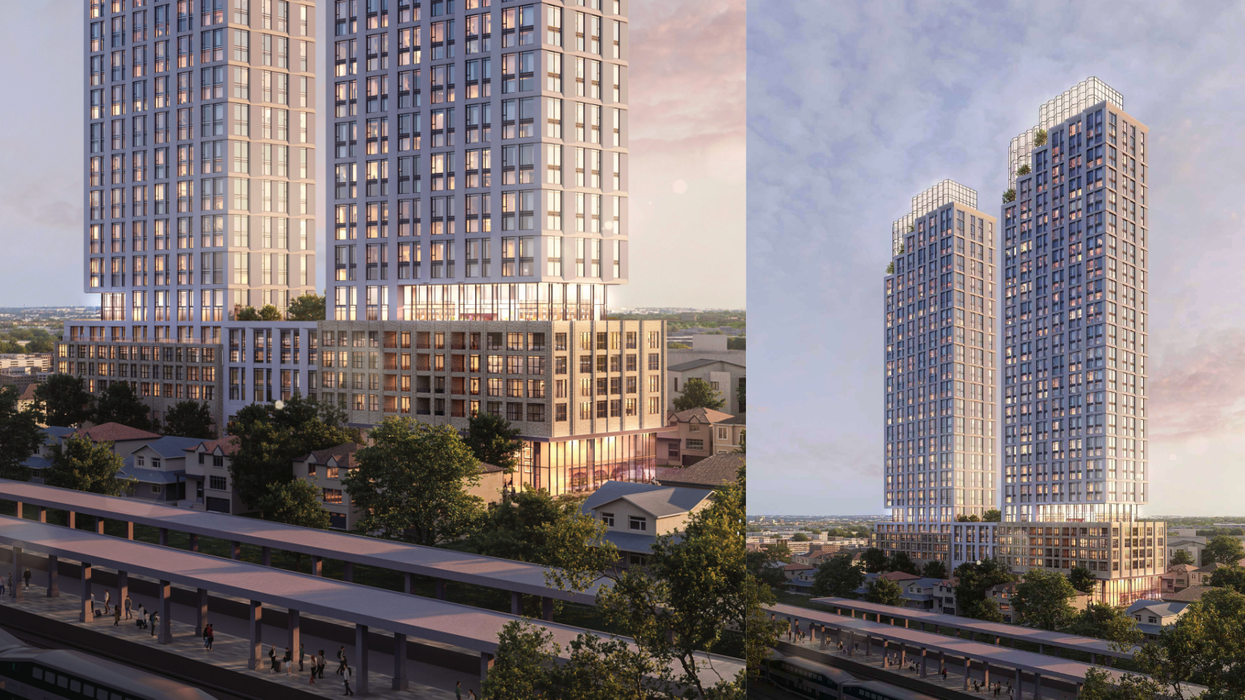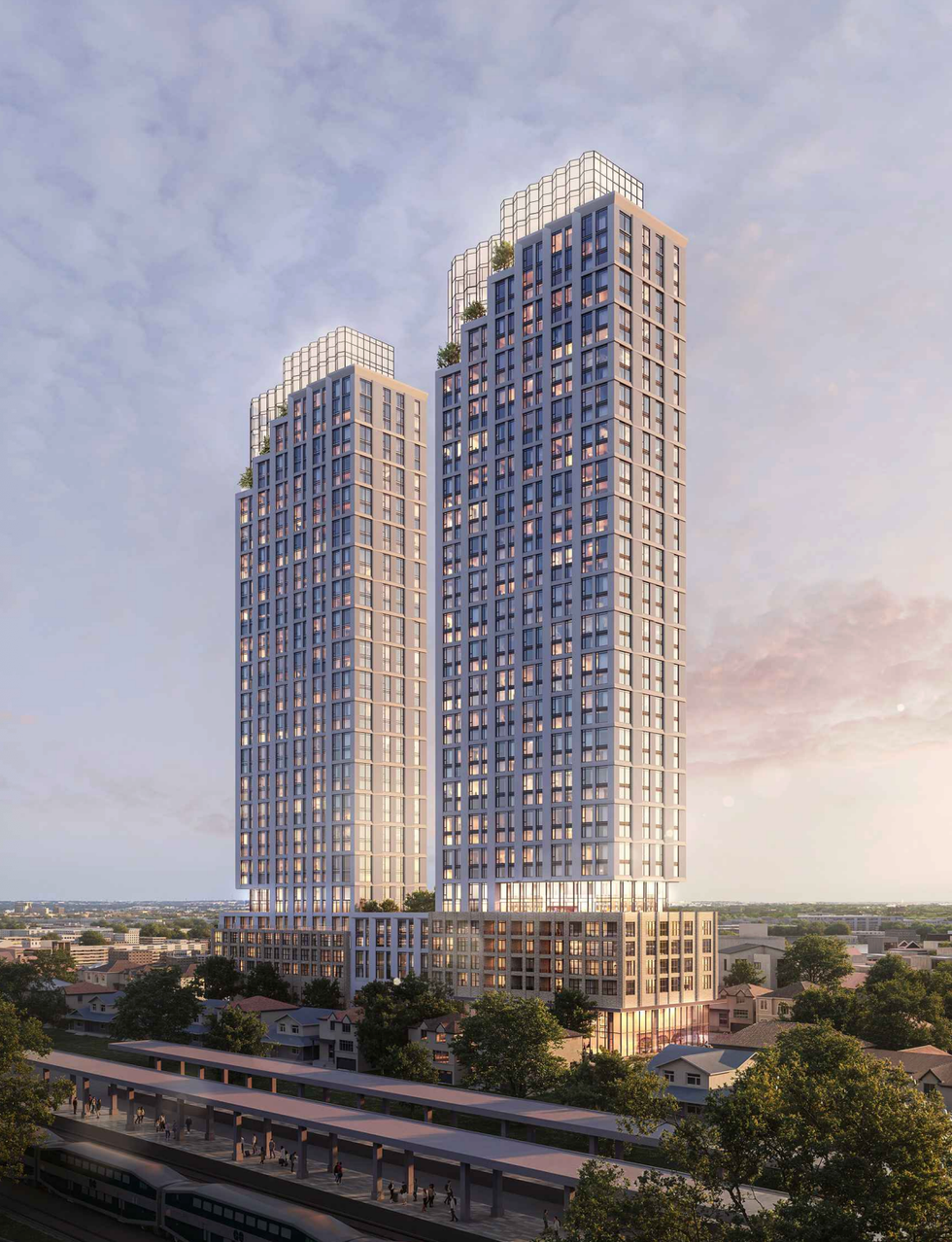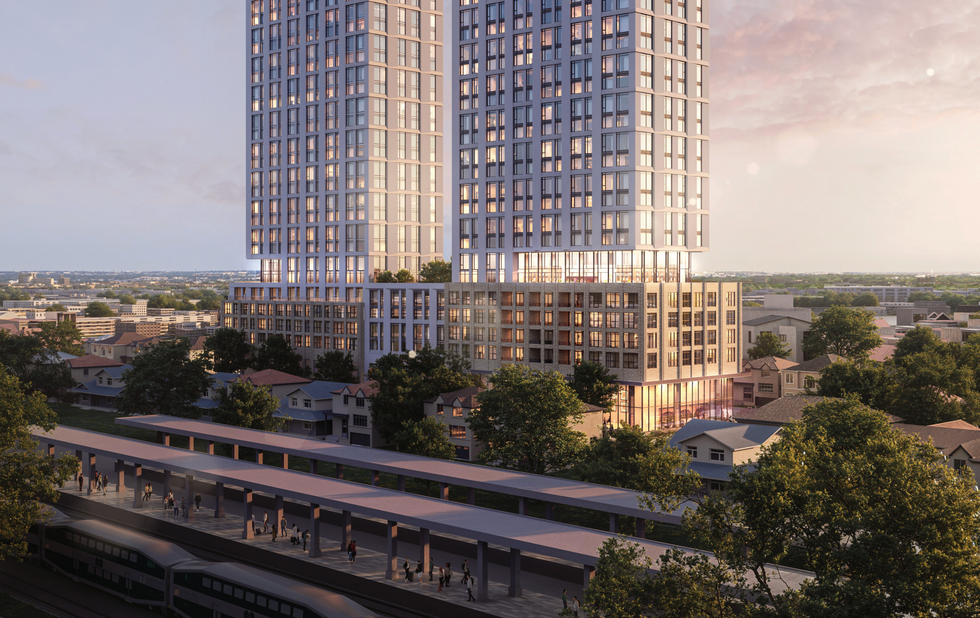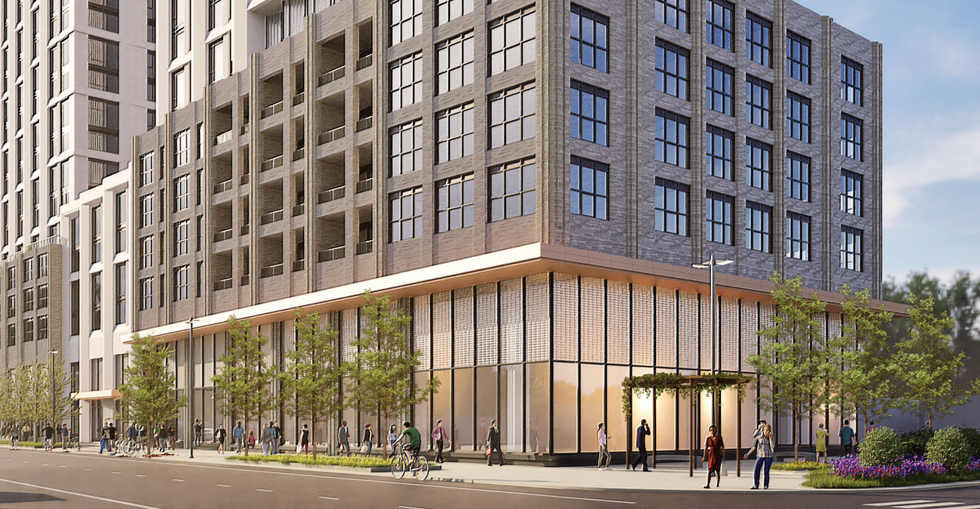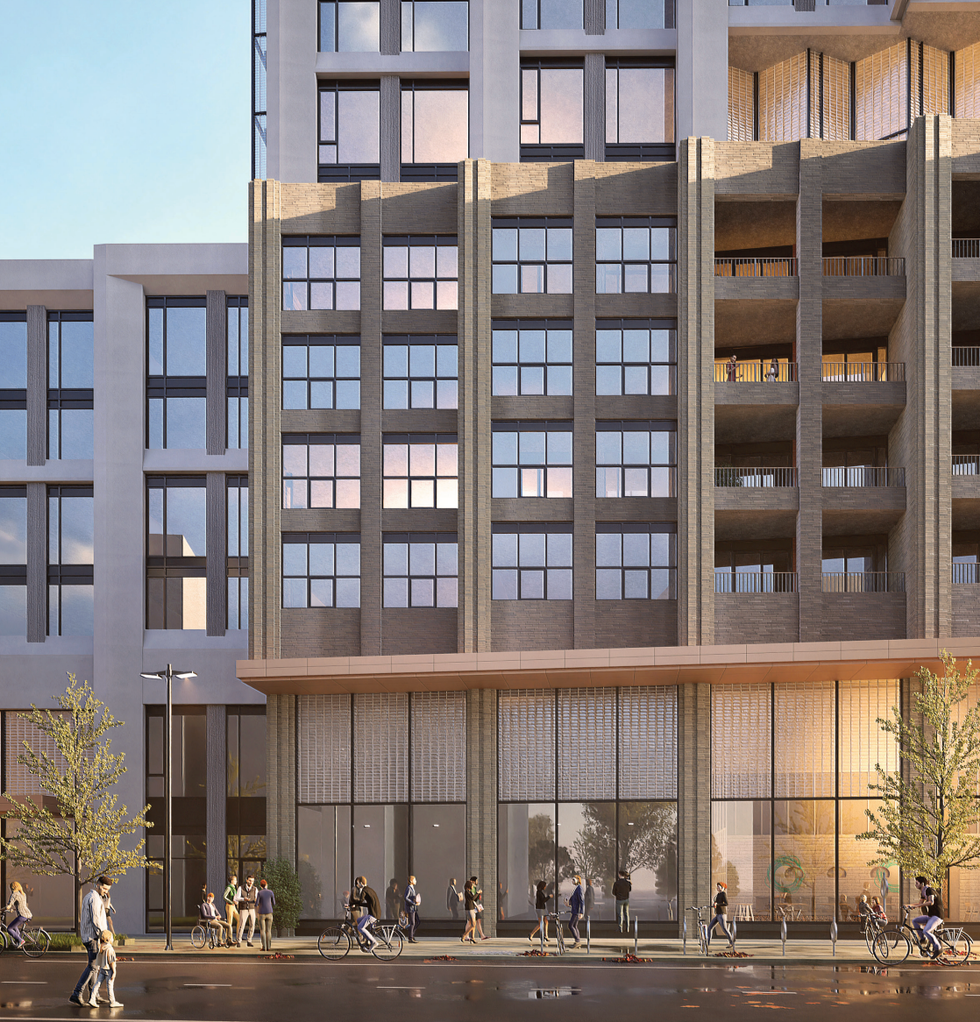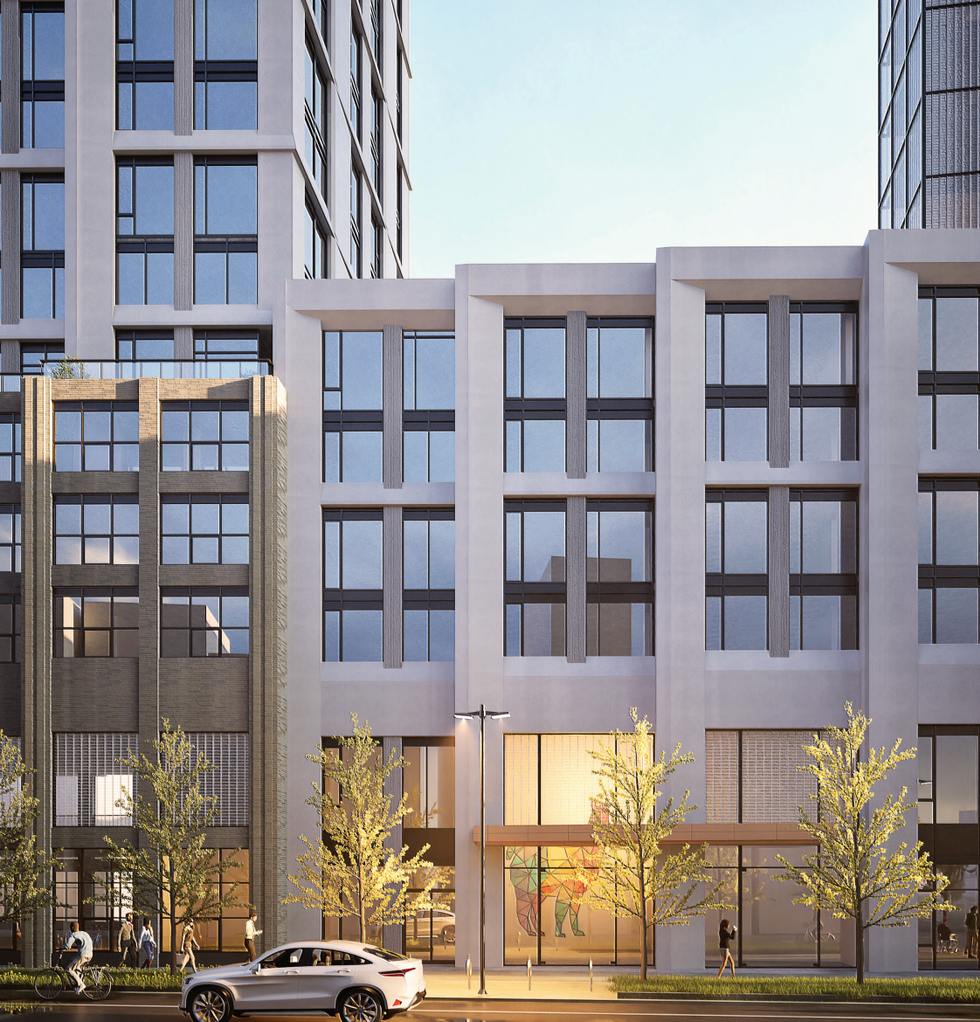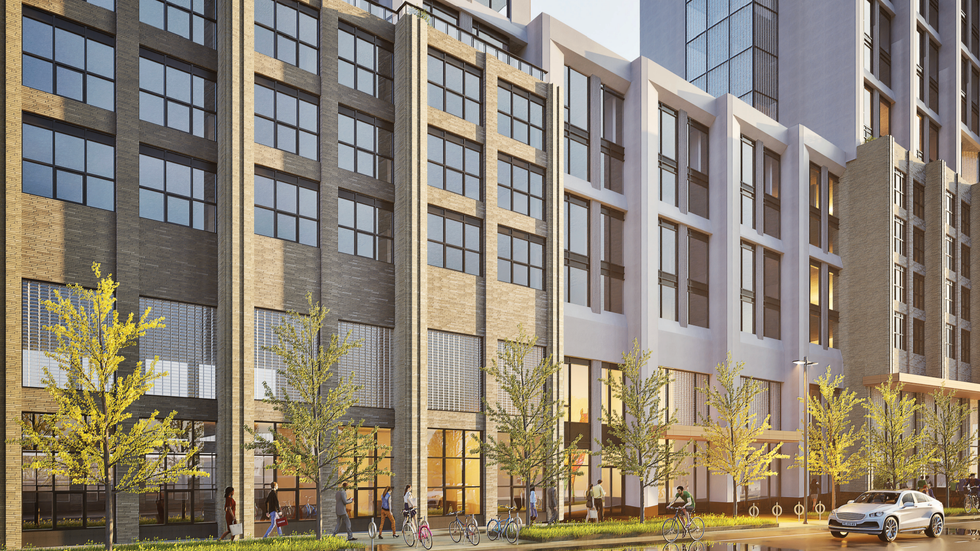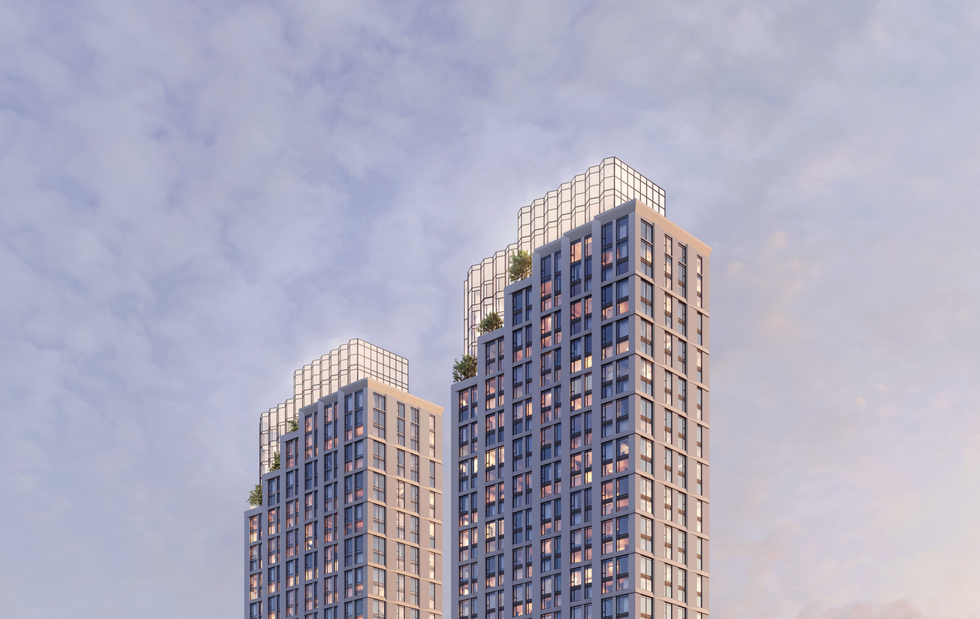Brownfield
Explore brownfields in Canadian real estate — what they are, how they’re remediated, and why they matter for sustainable urban redevelopment.
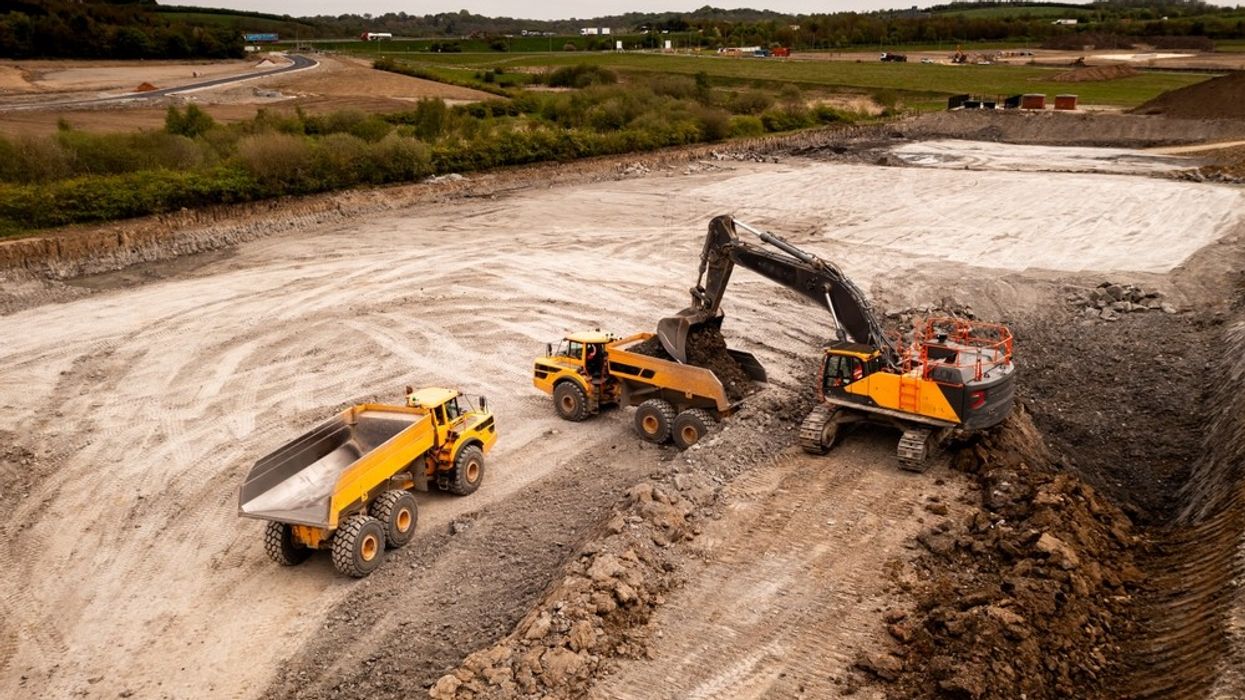
June 27, 2025
What is a Brownfield?
A brownfield is a property that was previously used for industrial or commercial purposes and is now vacant or underused, often requiring environmental remediation before redevelopment.
Why Brownfields Matter in Real Estate
In Canadian urban development, brownfields present both challenges and opportunities, as they often occupy prime locations but carry contamination risks.
Brownfield projects typically involve:
- Environmental assessments (Phase I/II)
- Remediation and risk management plans
- Financial incentives from governments (e.g., tax relief)
Successful brownfield redevelopment supports urban revitalization, environmental cleanup, and housing supply growth.
Understanding brownfields is key for investors, developers, and municipalities seeking sustainable growth.
Example of Brownfield in Action
The city offered tax incentives to encourage the redevelopment of a brownfield site into a new mixed-use community.
Key Takeaways
- Former industrial or commercial sites
- May require cleanup before reuse
- Eligible for redevelopment incentives
- Supports urban revitalization
- Requires environmental due diligence
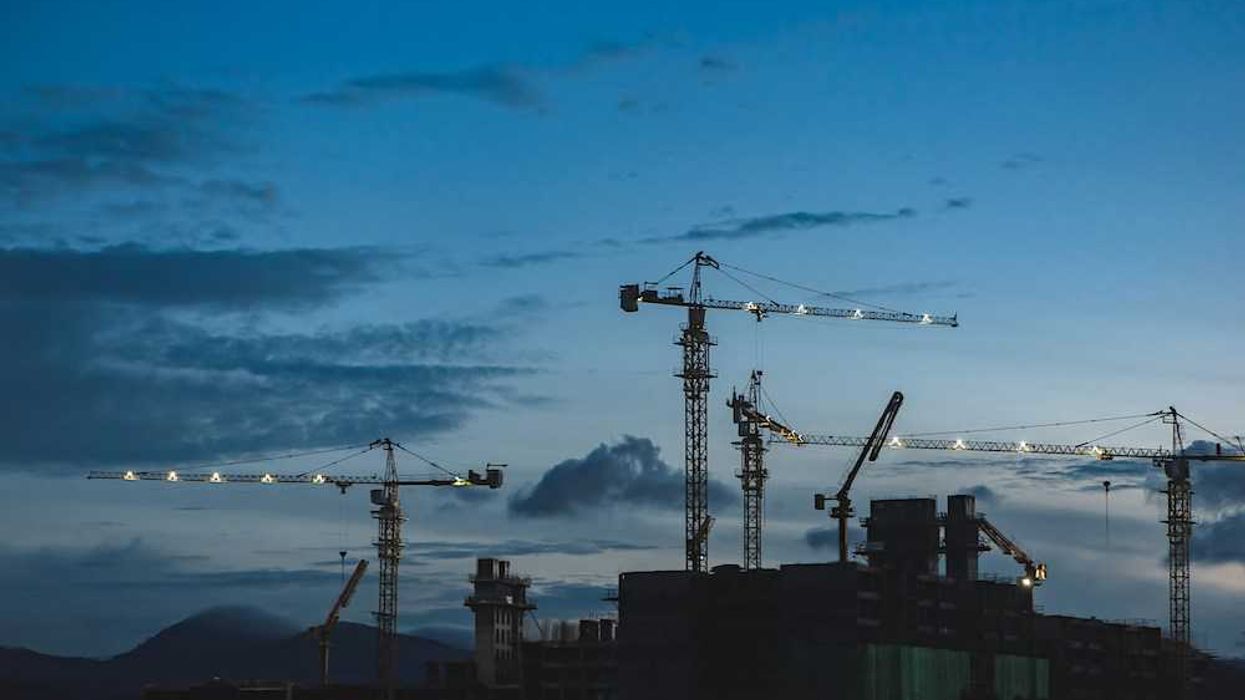

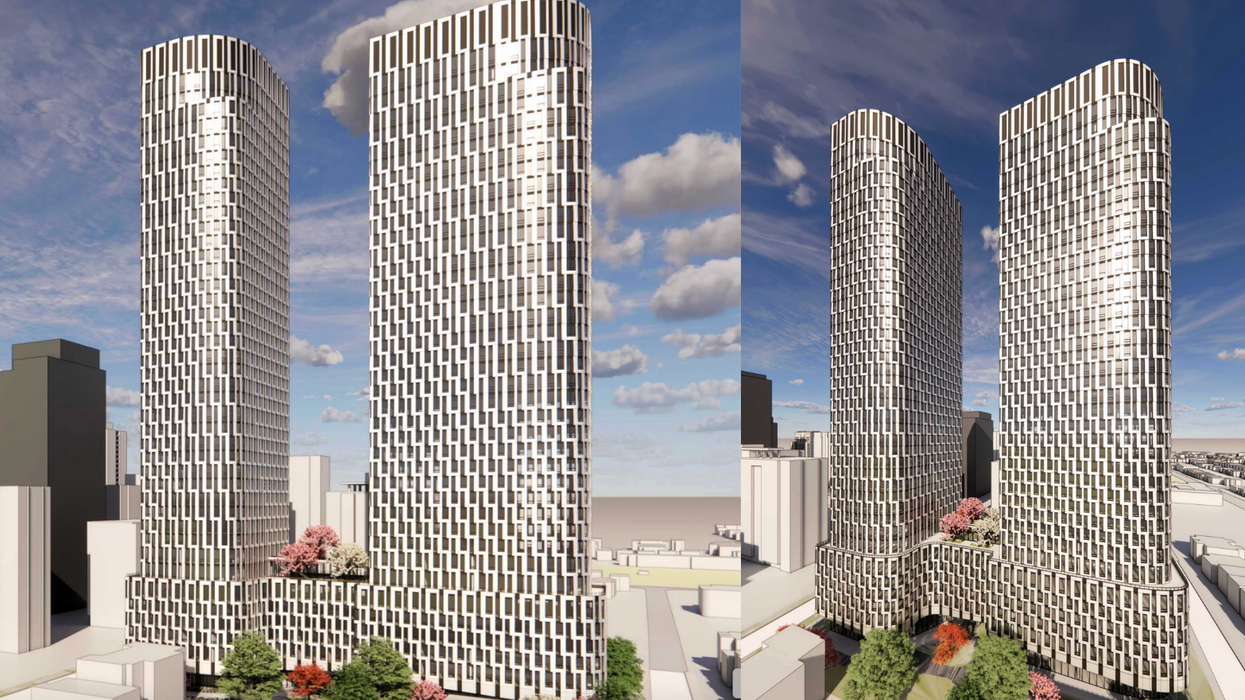
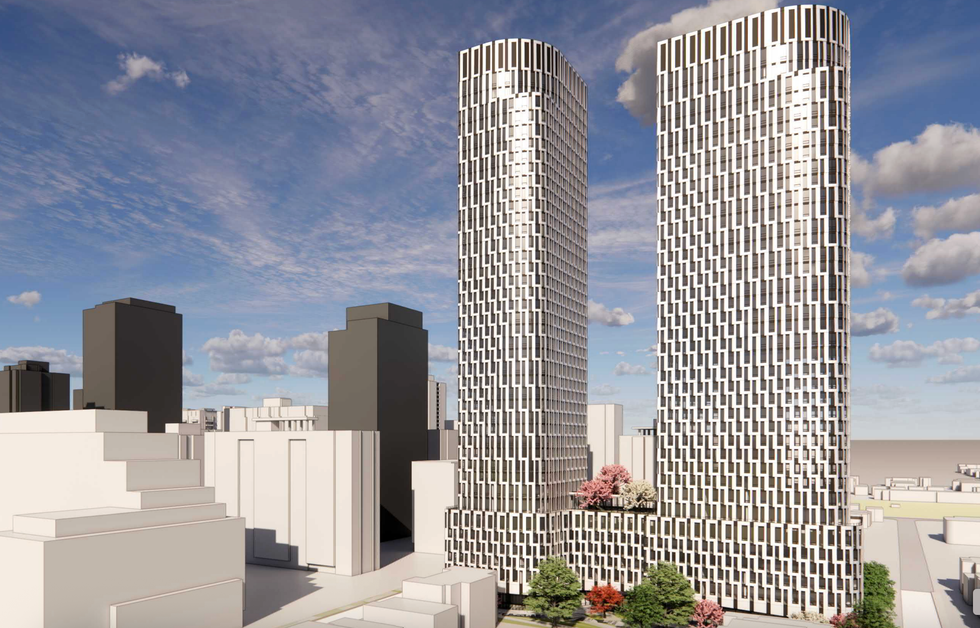

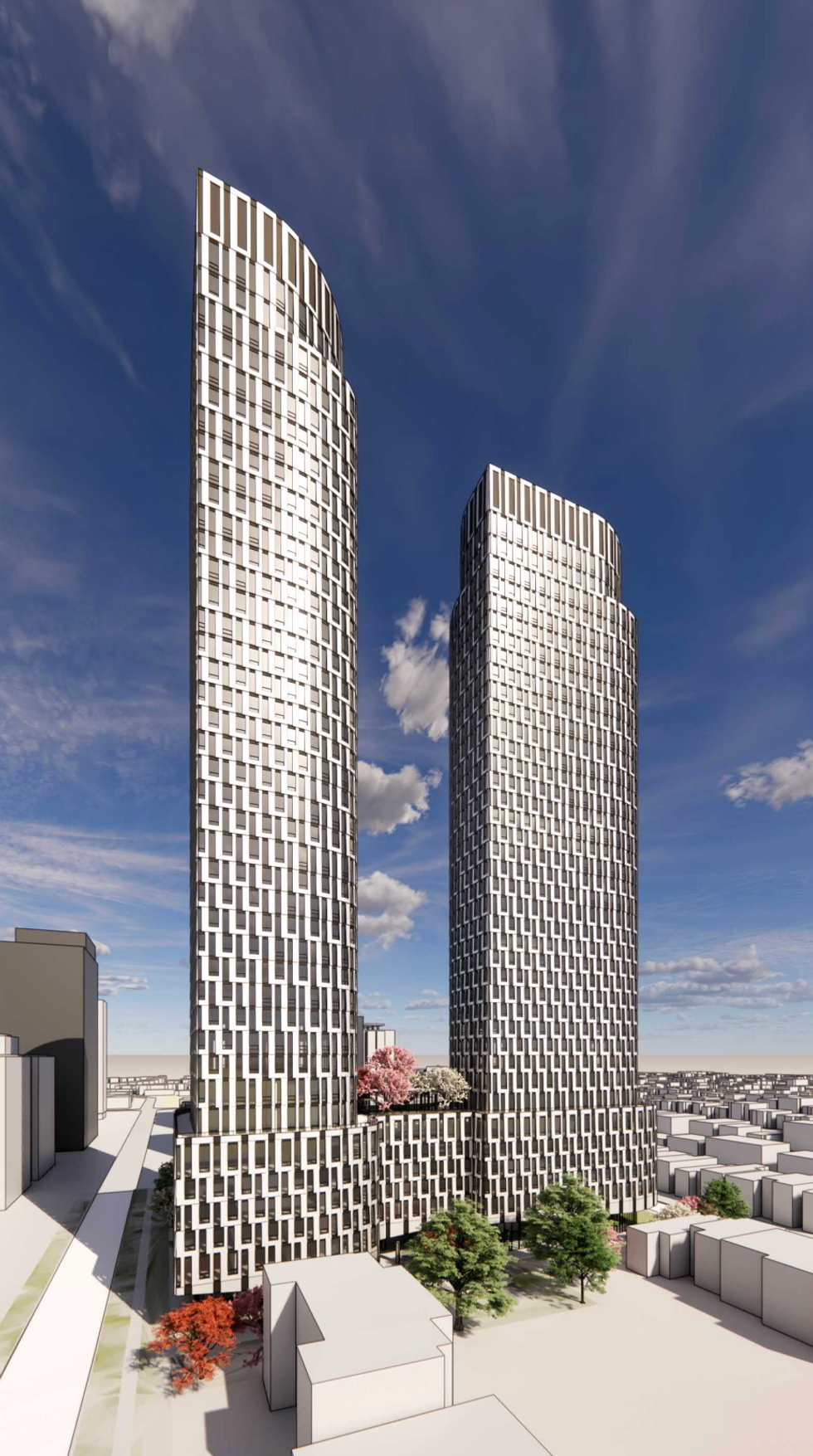
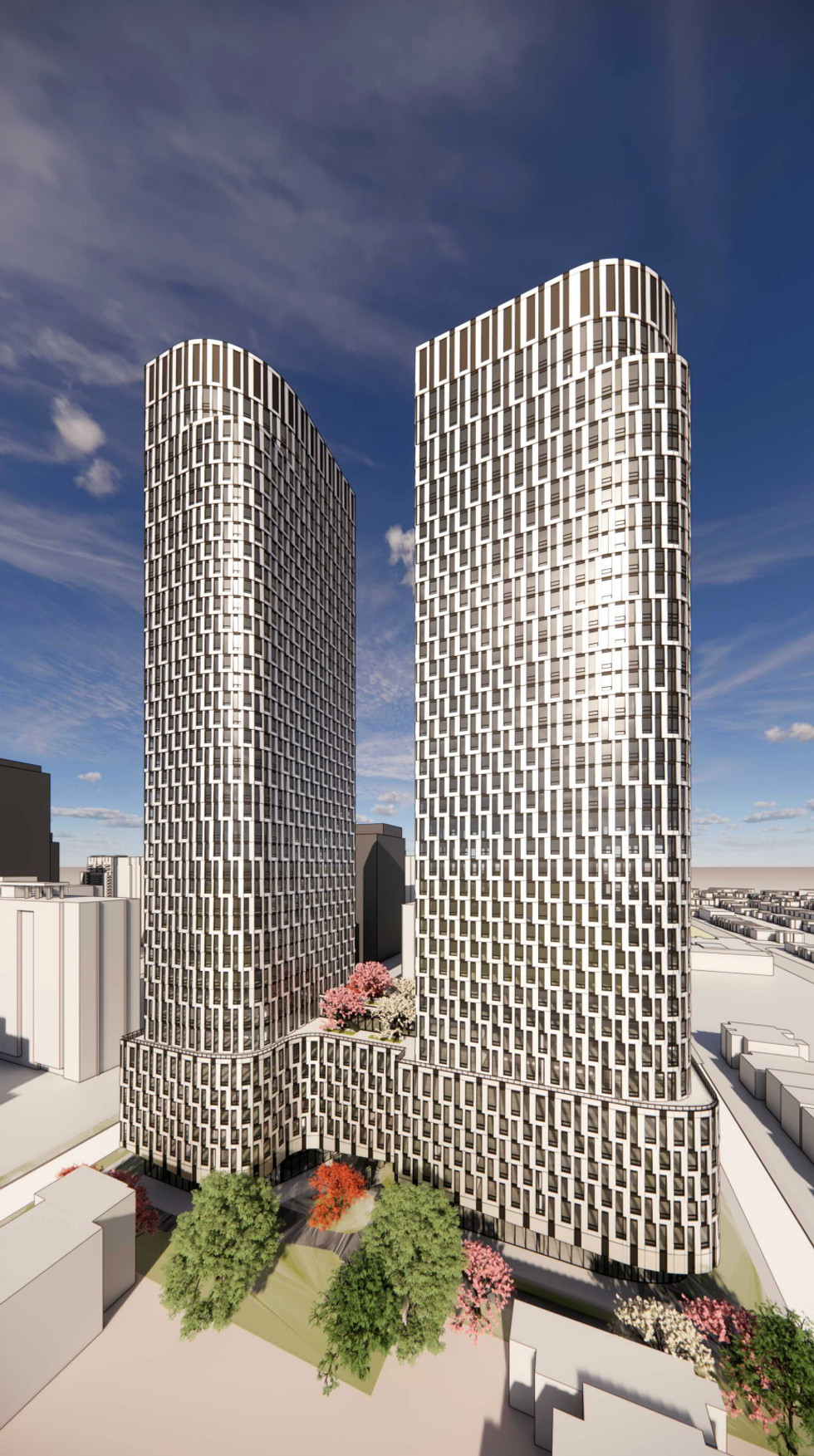


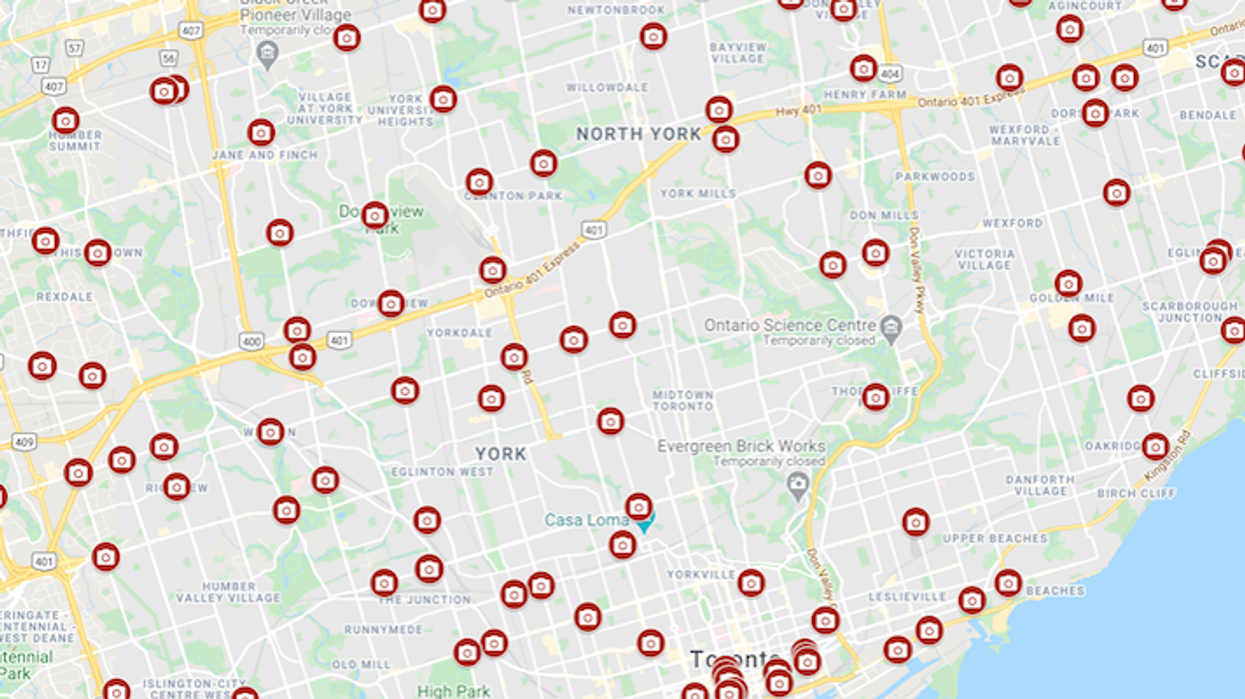
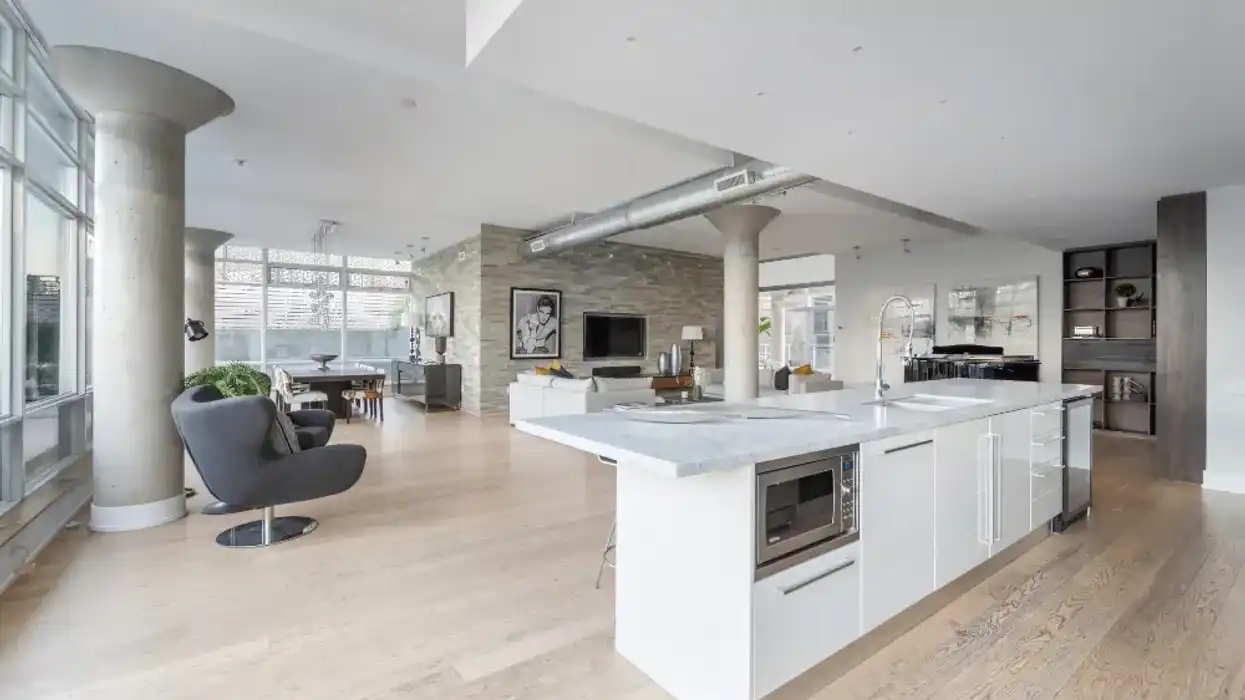
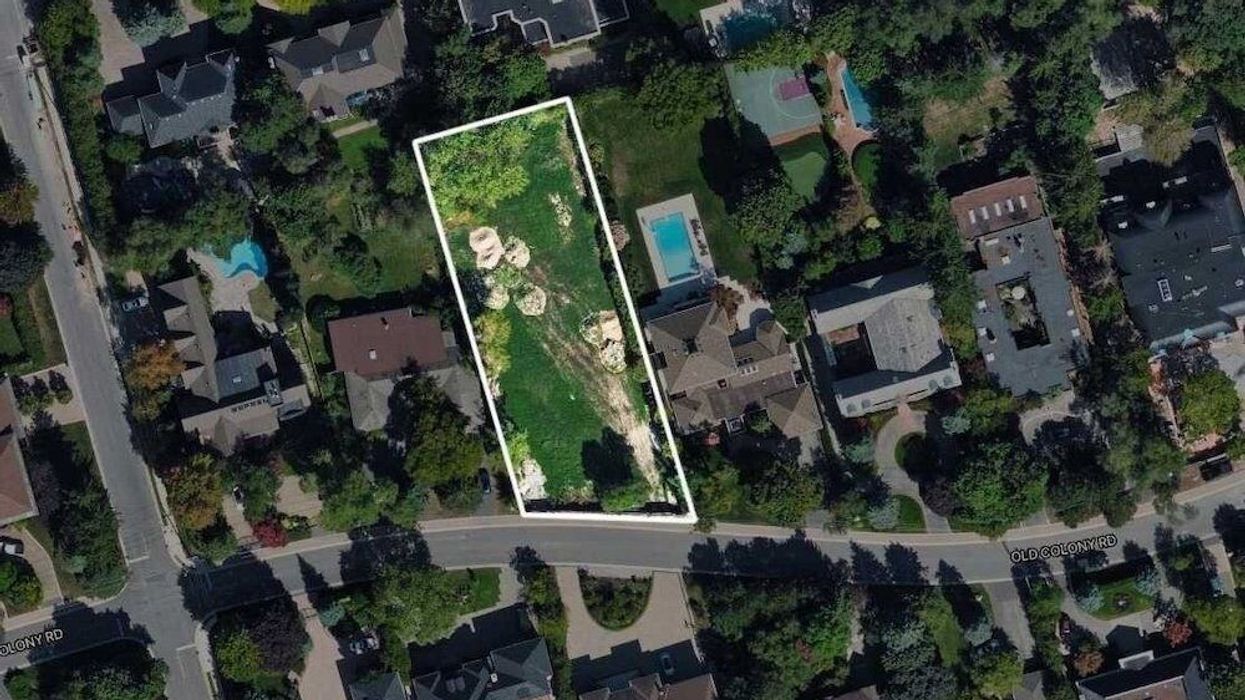
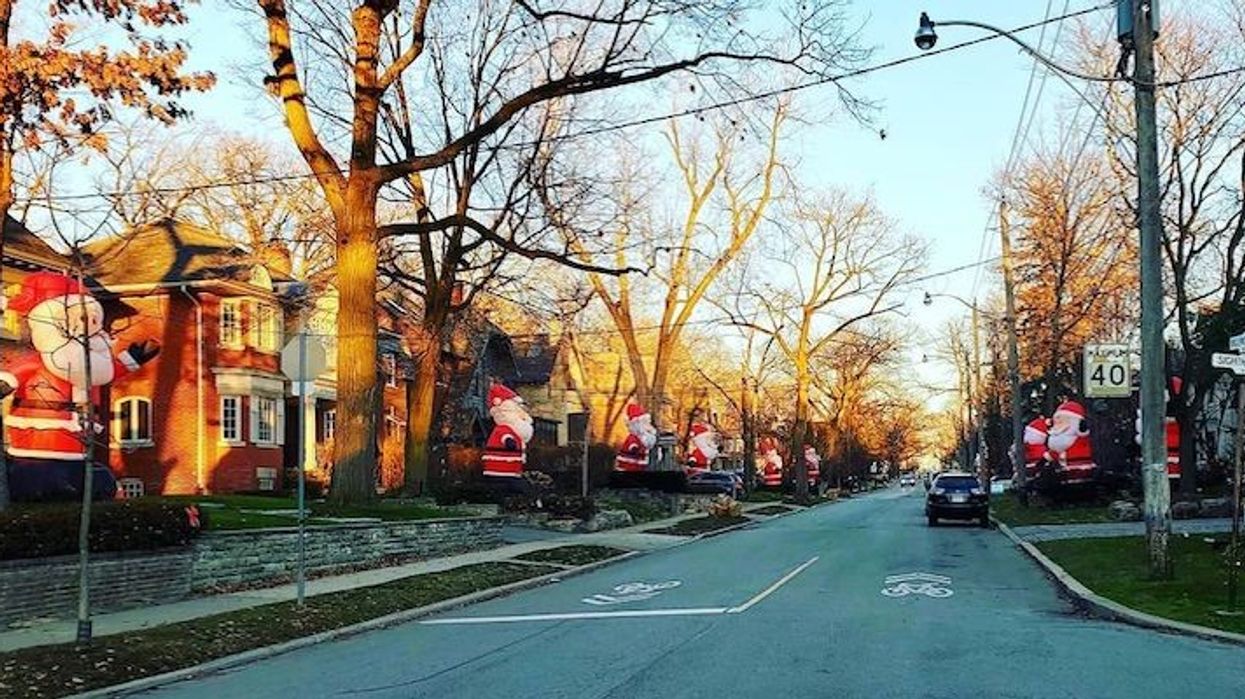
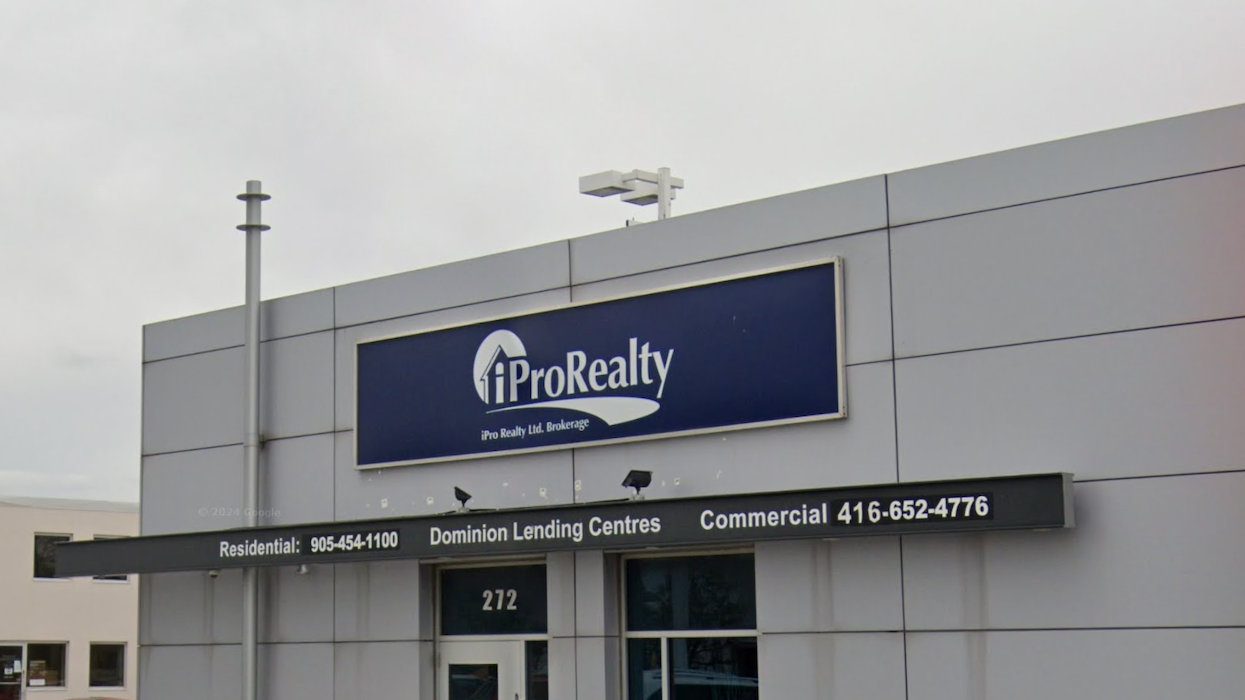
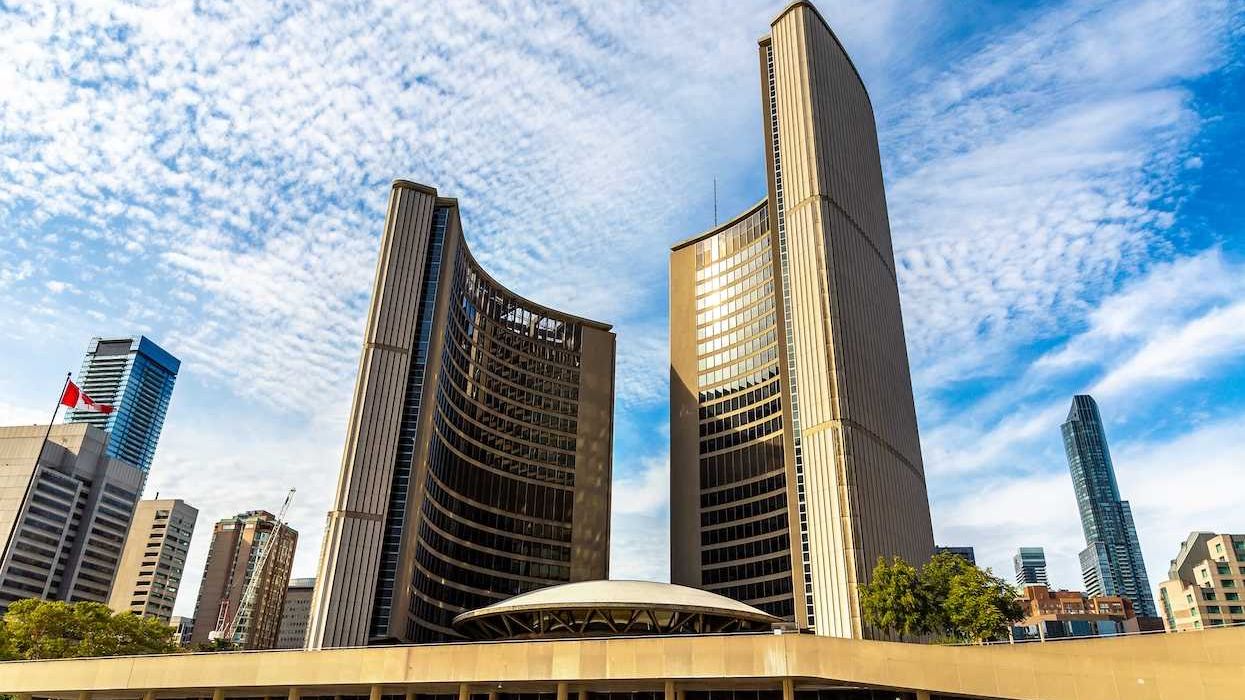
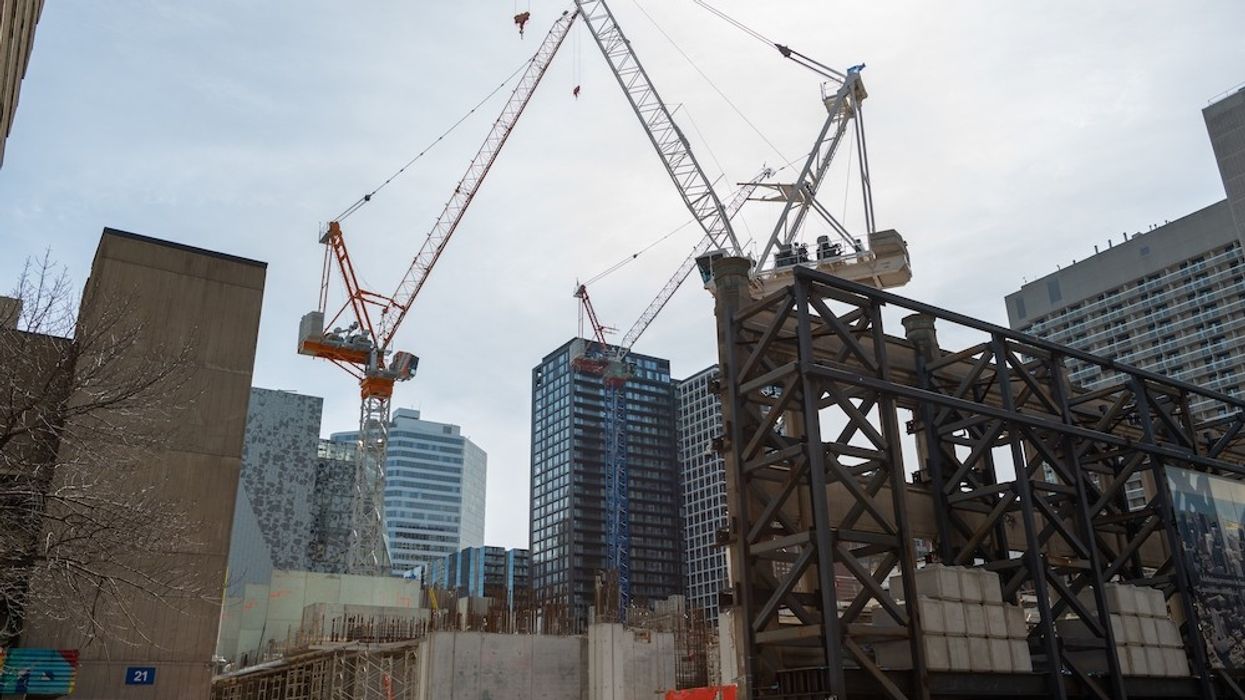

 Camcos Living
Camcos Living Shutterstock
Shutterstock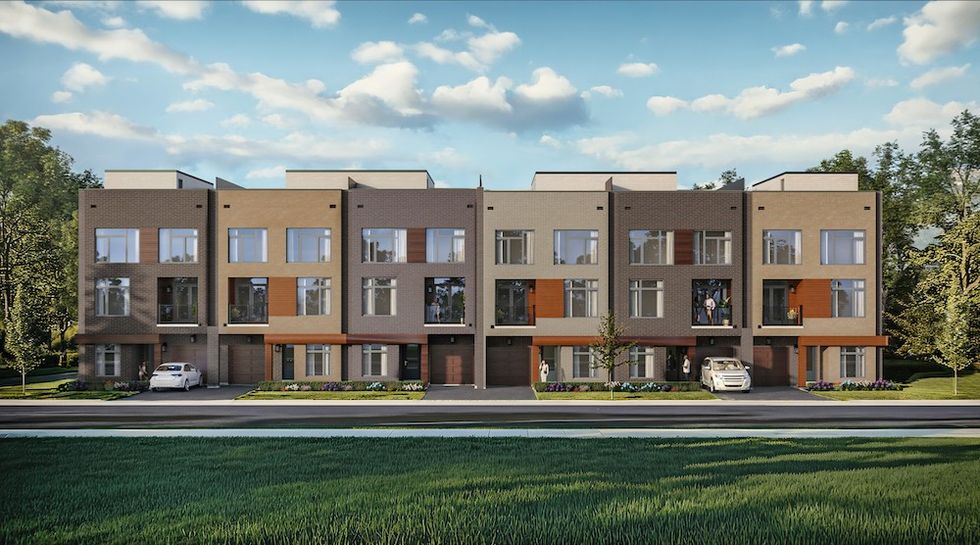 Little Rouge Block G/Camcos
Little Rouge Block G/Camcos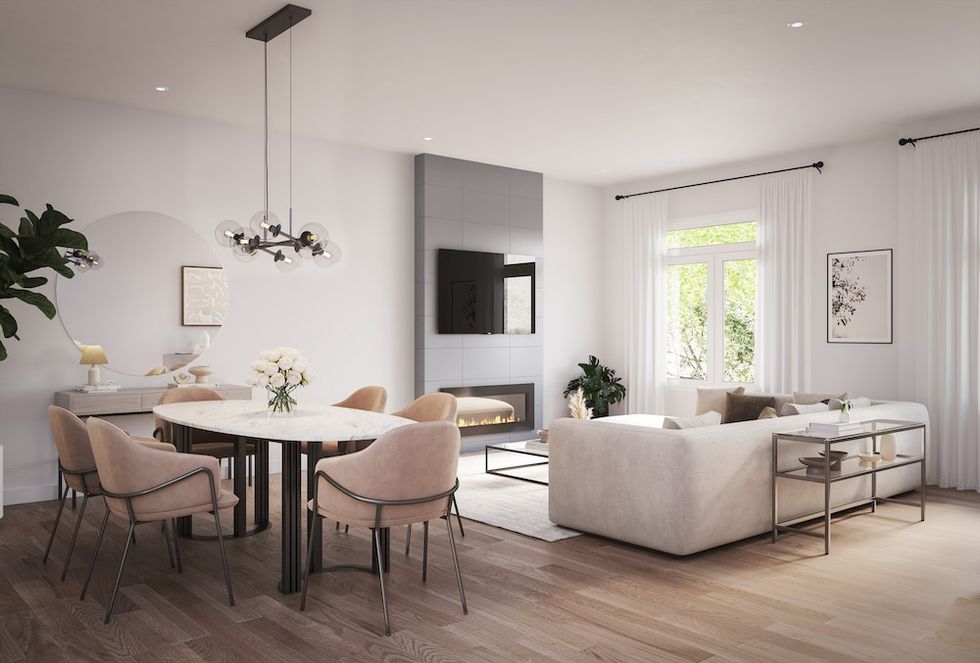 Camcos Living
Camcos Living Camcos Living
Camcos Living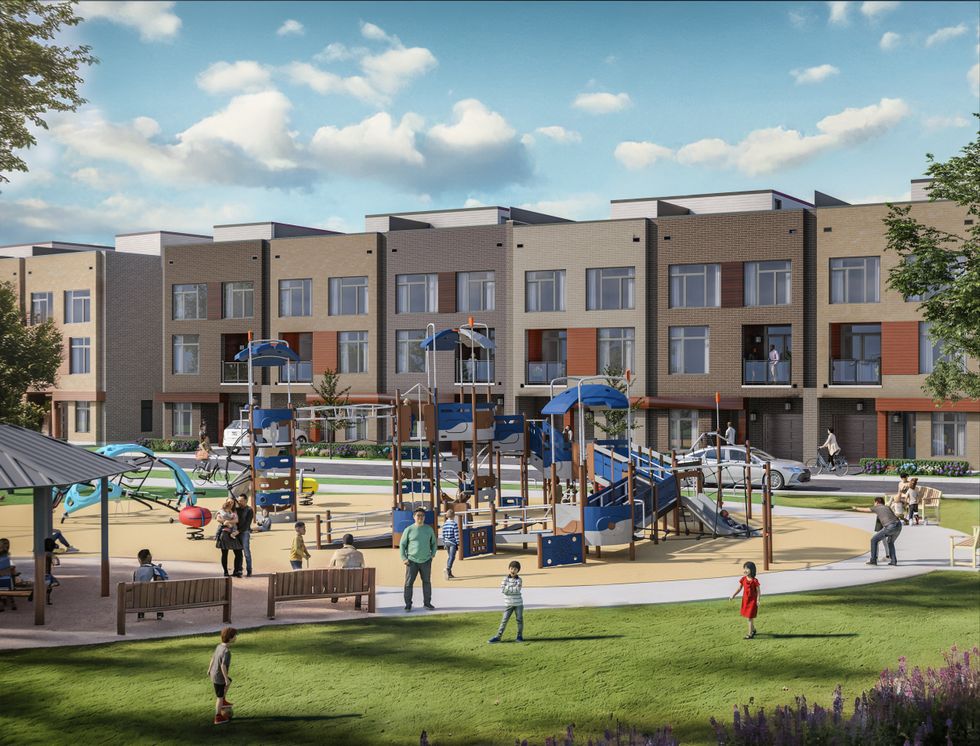 Camcos
Camcos
